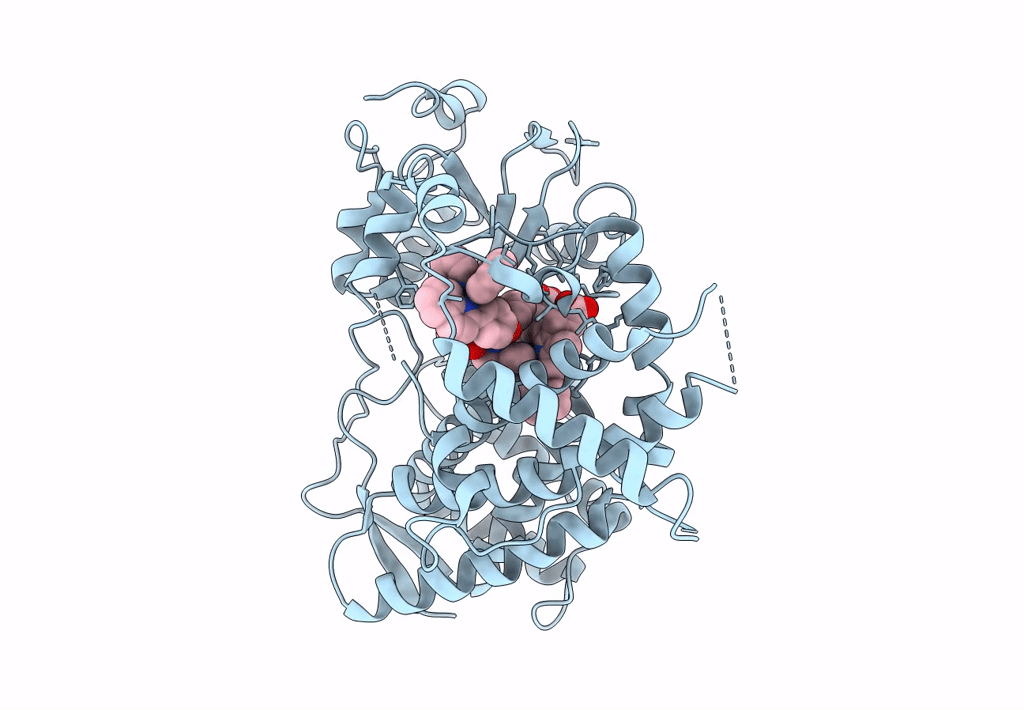
Deposition Date
2022-10-24
Release Date
2023-02-01
Last Version Date
2023-10-25
Entry Detail
PDB ID:
8EWQ
Keywords:
Title:
Crystal structure of CYP3A4 bound to an inhibitor
Biological Source:
Source Organism:
Homo sapiens (Taxon ID: 9606)
Host Organism:
Method Details:
Experimental Method:
Resolution:
2.25 Å
R-Value Free:
0.26
R-Value Work:
0.23
R-Value Observed:
0.23
Space Group:
I 2 2 2


